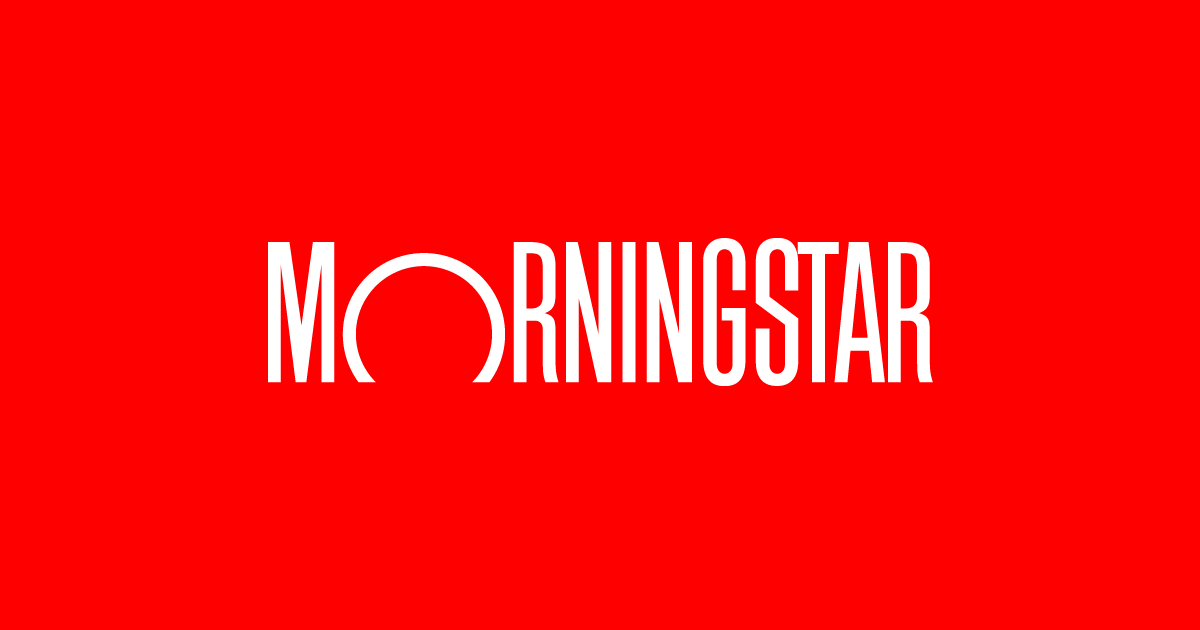By Greg Robb
Despite dramatic differences among Fed officials, opinions are coalescing behind a third interest-rate cut in succession
Federal Reserve Chair Jerome Powell speaks at a press conference in October.
Over the past month, there have been sharp public disagreements among Federal Reserve officials about the likely path of the economy and the appropriate level of interest rates. These public debates led economists and market participants to doubt there was enough support within the Fed for another interest-rate cut at the central bank’s upcoming Dec. 10 policy meeting.
However, in the last few days, perceptions have shifted – and investors and economists now think the Fed is likely to cut.
What sparked this turnaround? Economists say Fed officials are coalescing around another rate cut due to continued concern about the health of the jobs market.
“The deterioration we’ve seen in the labor market, I think, is enough justification for the Fed to cut in December,” said Tom Porcelli, chief economist at Wells Fargo, in an interview.
The first important official data released since the end of the government shutdown showed the unemployment rate rose to 4.4% in September, the highest level in almost four years. And there was some indication that the “low hiring, low firing” dynamic seen in the labor market might be on the cusp of worsening.
The jobs market remains “in a precarious spot,” said Matthew Luzzetti, chief U.S. economist at Deutsche Bank, in a note to clients.
In an interview, Josh Hirt, senior economist at Vanguard, said it was his personal view that the Fed would cut rates. He noted how, on Friday, New York Fed President John Williams, a close ally of Fed Chair Jerome Powell, made a strong case for a rate cut and said he “stills sees room for a further adjustment in the near term.”
This moved financial markets, as the expectations of a December rate cut rose sharply to above 70%, from near 40% the day before.
“I think the market has the right read on it,” Hirt said.
The Vanguard economist added that Williams’s speech meant three of the most influential Fed officials – Powell, Williams and Fed governor Christopher Waller – all support another easing move.
“We think that’s a pretty strong group to try to overcome,” Hirt said.
Ethan Harris, former chief economist at BofA Securities, said the economy is starting to show more convincing signs of weakening, pushing the Fed to act.
Economists think there will be a dissent from one or more Fed officials who want to hold interest rates steady.
The Fed has already cut rates via two successive quarter-percentage-point moves in September and October, bringing its benchmark rate down to a range of 3.75% to 4%.
Former Cleveland Fed President Loretta Mester said that Powell could use his press conference on Dec. 10 to send a message that this cut was an insurance move and the Fed would then wait and see how the economy reacts.
Because of the record-length government shutdown, the Fed won’t have the government’s latest job and inflation data at their meeting.
Stepping back, the Fed is facing an impossible challenge, Harris said. They are dealing with stagflationary dynamics – higher inflation and higher job losses at the same time – which do not have an obvious Fed policy response. This has divided the rate-setting committee.
“There are some very fundamental disagreements,” Harris said.
The first is whether current Fed policy is tight or loose. Fed officials who are uneasy about inflation say monetary policy works through capital markets, which are doing great – a sign policy might be easy already. Officials who want to cut rates say that financial conditions in key sectors like housing are tight.
The second disagreement is over how to interpret inflation. Officials, like Williams, who want to cut rates said inflation would be low if it wasn’t for the temporary impact of tariffs. Officials who are worried about inflation see signs it is rising in sectors not impacted by tariffs.
On top of that, all Fed officials are puzzled by the dichotomy between the weak job market and strong consumer spending.
“It is going to be an interesting vote,” Harris said. The decision could be made in the meeting, he added.
Hirt at Vanguard said the speeches by Fed officials who don’t want to cut rates in December have shown the market that the Fed isn’t just “cutting for the sake of cutting,” and so the bond market won’t start to price in higher inflation expectations.
“It limits the negative consequences” of cutting with inflation so high and the labor market not in obvious distress, Hirt added.
-Greg Robb
This content was created by MarketWatch, which is operated by Dow Jones & Co. MarketWatch is published independently from Dow Jones Newswires and The Wall Street Journal.
(END) Dow Jones Newswires
11-22-25 0700ET
Copyright (c) 2025 Dow Jones & Company, Inc.
